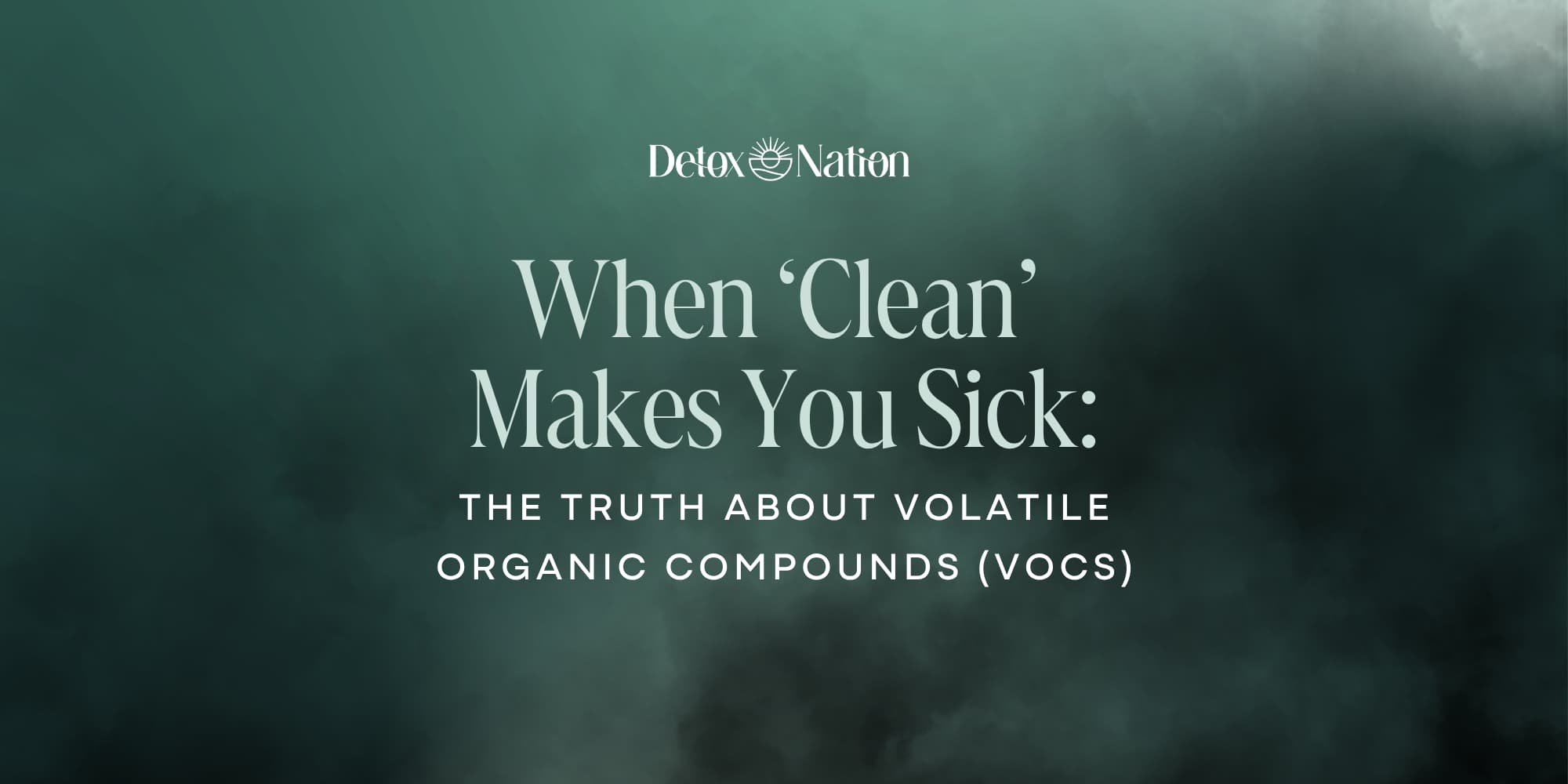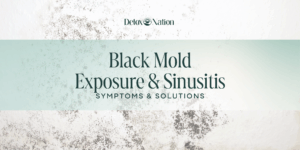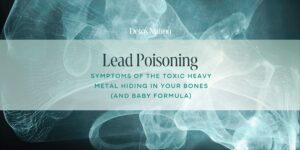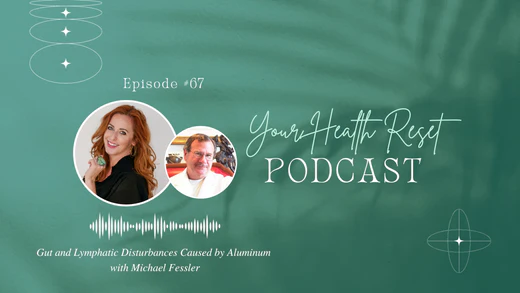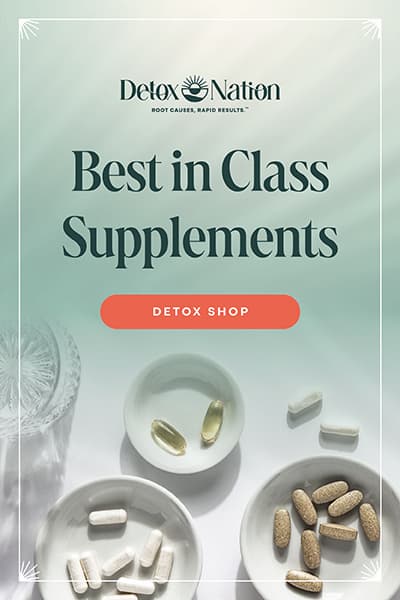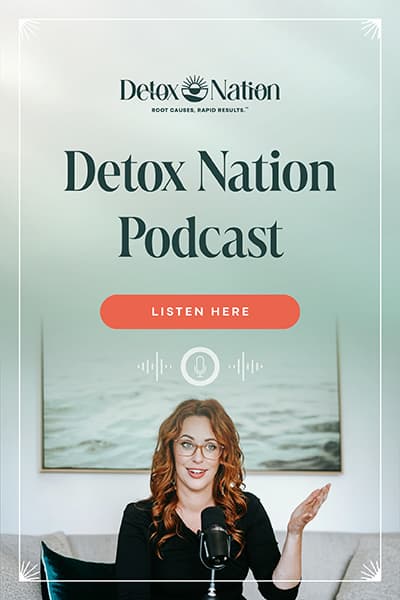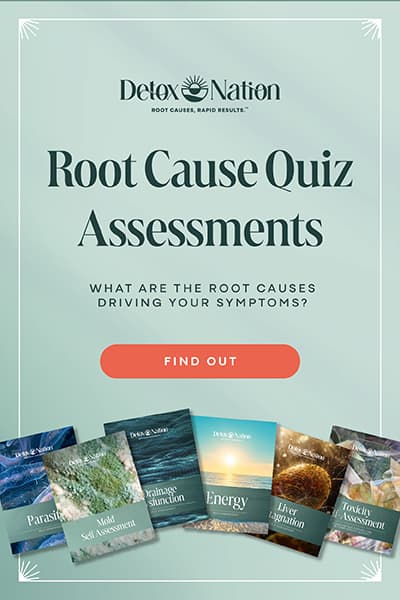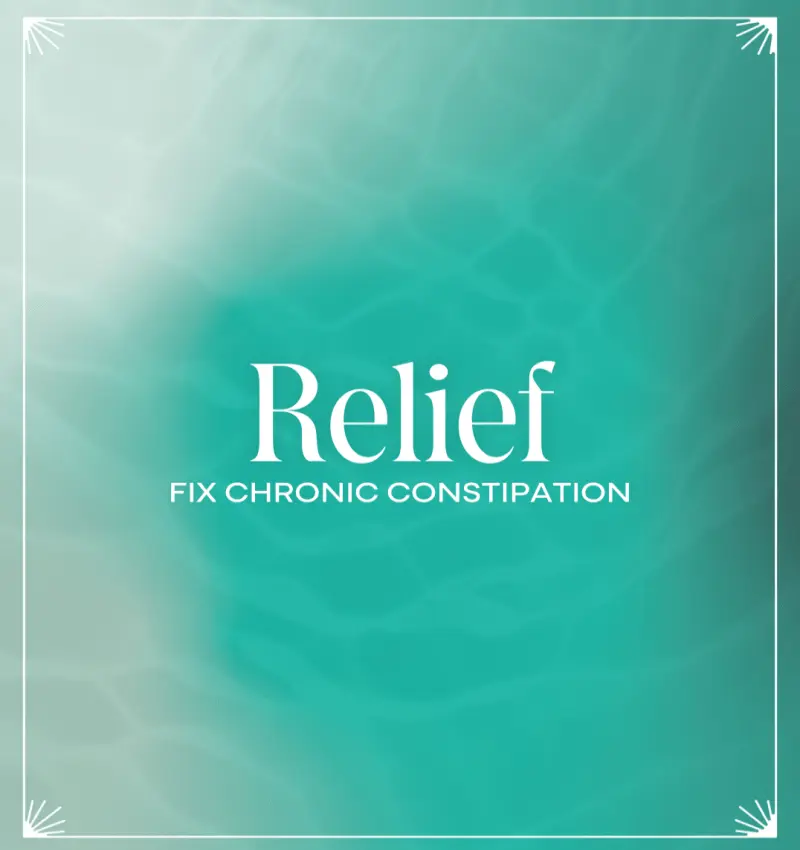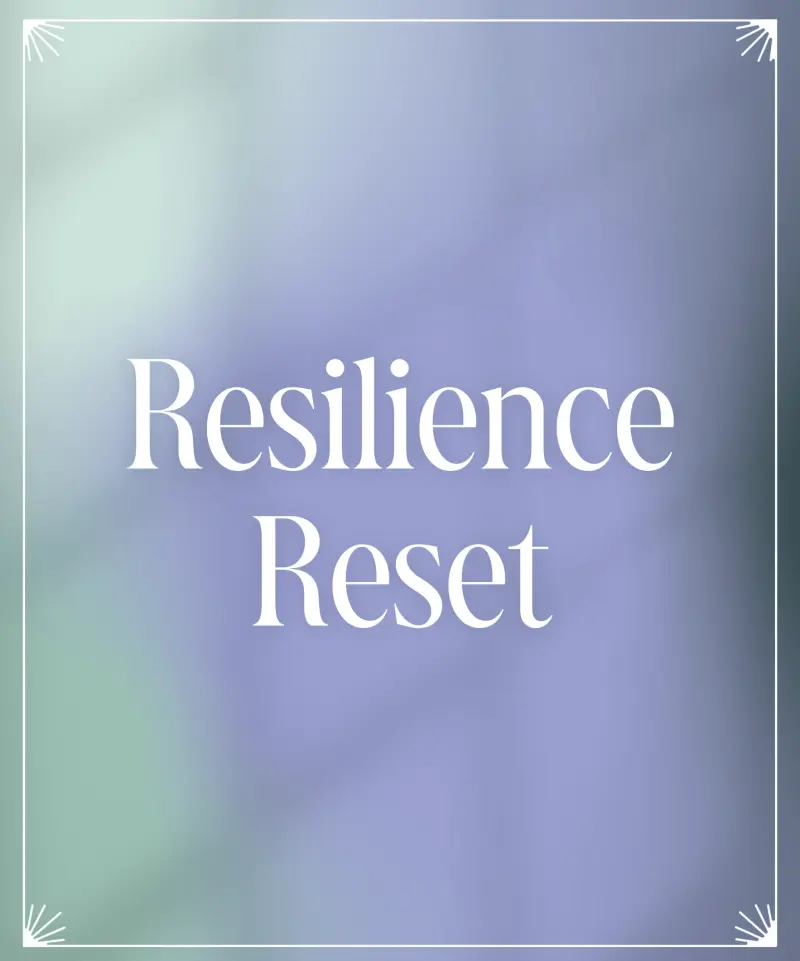If your house smells “clean” but your body feels wrecked, you might be breathing in VOCs—those sneaky volatile organic compound pollutants with a big impact on indoor air quality (and your sanity).
You didn’t used to feel this way.
Back before your new mattress… or that last home reno… or the move into the “eco-certified” apartment… you weren’t waking up groggy, stuffy, and ten steps behind your own brain.
You didn’t get dizzy walking through the cleaning aisle or feel like your skin had turned into sandpaper overnight.
But now, it’s like your body is constantly on edge—eyes burning, chest tight, head pounding by 3 p.m.—and nobody’s giving you real answers.
Your doctor called it stress.
Your friends say maybe it’s hormones.
“Dr. Google” tells you to “drink more water” and move on.
Here’s what nobody’s talking about:
You might be reacting to something completely invisible… but very real.
Something you didn’t consent to.
VOCs—volatile organic compounds—are gas-emitting chemicals that float around your home, your car, your office, and yes, even your water.
And if you’re already dealing with chronic symptoms, VOCs are like tossing gasoline on the fire.
We’re going to get into the what, where, and how—because you deserve to know exactly what’s happening inside your environment and your body.
More importantly, I’ll show you what to do about it—without giving up your life or selling your soul to some influencer’s affiliate links.
Key Takeaways:
- VOCs are invisible—but very real—and they’re everywhere
- Your air, water, and products are the main gateways
- You can’t heal in a toxic terrarium (But you CAN heal)
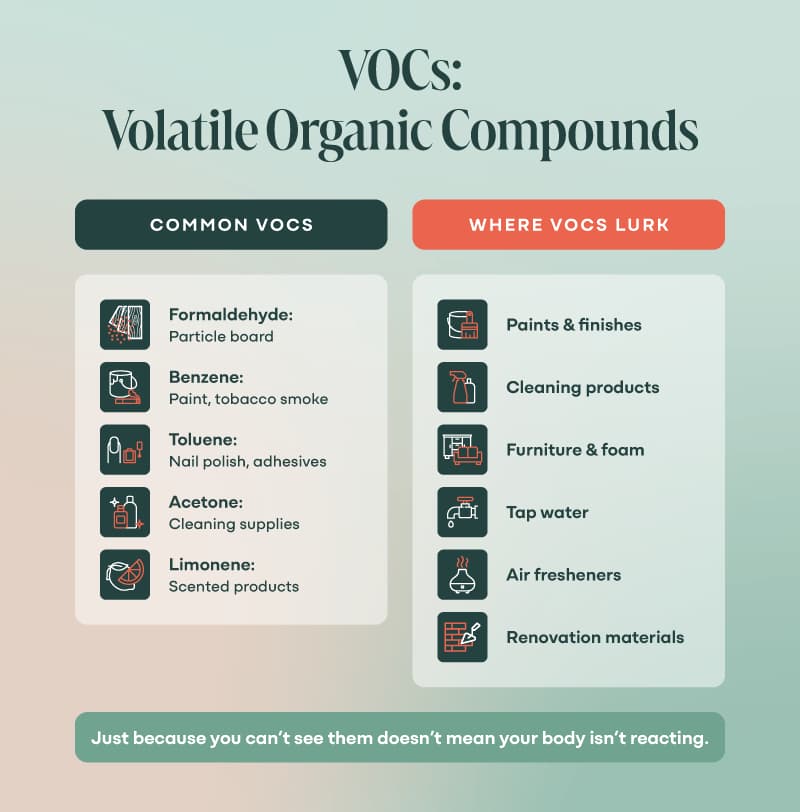
What Are Volatile Organic Compounds (VOCs)?
VOCs are gases released from everyday materials.
And “volatile” isn’t just a dramatic label; it means these compounds evaporate easily at room temperature, entering your air, your lungs, and eventually your bloodstream.
They show up in places you’ve probably never questioned:
- That “new car” smell? VOCs.
- Freshly painted walls? VOCs.
- Scented laundry detergents and candles? VOCs.
- Even your favorite “green” yoga mat? Yep—still VOCs.

Some of the most common ones include:
- Formaldehyde – used in glues, pressed wood, and textiles (13)
- Benzene – found in paints, tobacco smoke, and vehicle exhaust (4, 13)
- Toluene and xylene – solvents in nail polish, adhesives, and sealants (4, 13)
- Acetone – in household cleaners, polish removers, and some cosmetics (13)
- Limonene – from fragranced cleaning and laundry products (13)
- Acreolin – from cigarette smoke, vehicle exhaust, and even overheated cooking oils (8)
- Styrene – Found in food packaging ad cigarette smoke (8)
- 1–Bromopropane – Used in dry cleaning, paints, pesticides, pharmaceuticals and more (17)
- Hexane – Found in natural gas (4)
- Ethanol – Used in gasoline
- Isopropyl alcohol – Is this in your bathroom or medicine cabinet?
- Chlorine – Found in pools and drinking water
Over 1/3 of people on the planet are exposed to harmful levels of VOCs (14).
They’re industrial byproducts that made their way into consumer products because they get the job done (cheaply).
You didn’t know they were there because they aren’t listed on any label, and you were exposed without your consent.
And sure, one whiff of paint thinner won’t take you down—but repeated exposure over time?
That’s a different story. Especially if your drainage pathways are already sluggish.
Think of VOCs like passive background noise—except this noise is biochemically active.
VOCs are inflammatory (6, 11, 14, 15, 17), mutagenic (6), neurotoxic (6, 17), genotoxic (6), and carcinogenic (6, 7, 8, 10, 14).
They cause mitochondrial damage (17), immune activation (6), and oxidative stress (6, 11, 14, 15, 17).
You might not smell them, see them, or think about them… until your body starts reacting.
Next, we’ll look at where VOCs come from (and why you can’t just throw out your air freshener and call it a day).
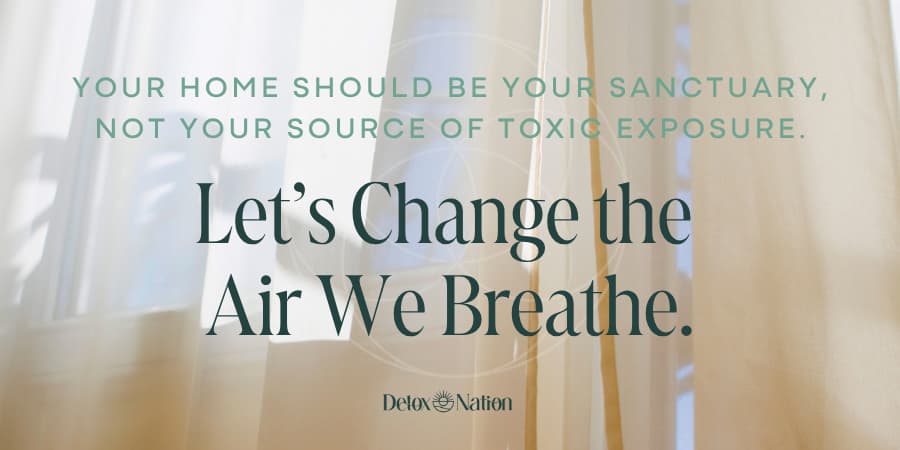
Common Places VOCs Are Found
You can think of VOCs in categories based on how they sneak into your space:
1. Building + Renovation Materials
These are the heavy hitters. They linger long after the paint dries or the caulk sets.
- Paints and varnishes (even the “low-VOC” ones) (17)
- Adhesives and sealants (8, 13)
- Carpet glue and flooring materials (13)
- Insulation, drywall, and particleboard furniture (13)
If your home was built or remodeled in the last 20 years, you’re swimming in VOCs whether you smell them or not.
2. Everyday Household Products
This one stings a bit—because most of these products are sold as “clean” or “fresh.” But they’re often worse indoors than the smog outside.
- Cleaning sprays, bleach, polish, and degreasers (8, 13)
- Air fresheners, candles, incense, and diffusers with synthetic fragrance (13)
- Personal care products like hairspray, perfume, and nail polish (8)
3. Furniture + Decor
If it’s new, “affordable,” or assembled with an Allen wrench… it likely contains VOCs.
- Upholstered furniture with flame retardants (7)
- Pressed wood furniture (MDF, particleboard)
- Laminated cabinets and closet organizers
- Vinyl shower curtains and blinds
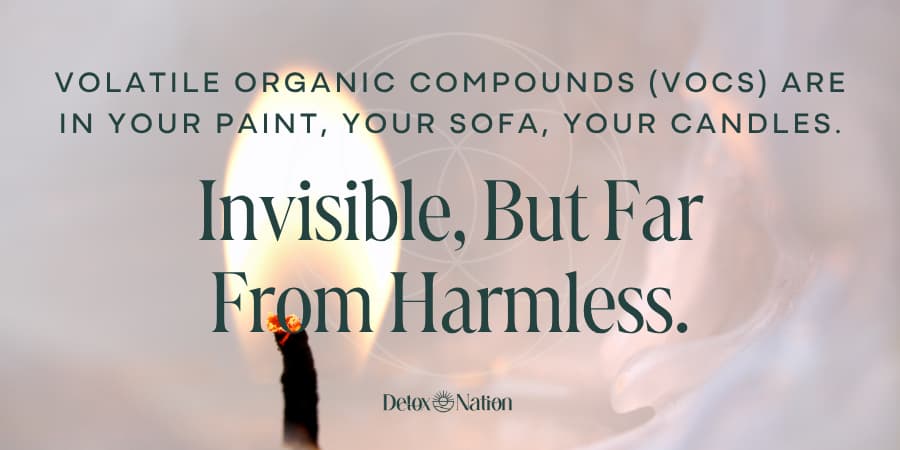
4. Off-Gassing Clothing + Accessories
Yes, your wardrobe could be part of the problem.
- Dry-cleaned clothes (especially if not aired out) (17)
- Synthetic fabrics, especially with wrinkle-resistant or stain-repellent coatings
- Plastic packaging (especially when stored in warm environments) (8)
5. Water Contamination
And here’s the twist most people miss: VOCs can show up in your drinking water.
- Industrial runoff, gasoline leaks, and agricultural byproducts
- Disinfection byproducts from chlorinated municipal water
- VOCs like chloroform, trihalomethanes, and MTBE (used in fuel)
6. Environment
As if allll of this wasn’t enough, here are some more places VOCs are found that you have less control over:
- Pesticides (8, 13, 17)
- Vehicle emissions (8, 11, 12, 13, 14, 15)
- Industrial emissions (11, 12, 14, 15)
Ready to Detox With Confidence?
If you’re ready to go deeper and detox safely — with guidance that works — explore our Healing Labs. Get the clarity, direction, and support you need to feel your best.
Book A Call7. Personal Use, and Some Surprising Sources of VOCs
Here are some additional sources of VOCs that you DO have control over:
- 3-D printer use (2)
- E-cigarettes (vaping) (3)
- Natural gas for cooking or heating (4, 8, 11, 13)
- Leather (7)
- Tobacco smoke (8, 11, 12, 13, 14, 17)
- Baby play mats (9) – this is terrifying! This 2025 study found that polyethylene play mats released the highest concentration of VOCs after cleaning, but PVC play mats released 76 species of VOCs after cleaning! All that off-gassing and your baby’s face Is. Right. There.
- Moth balls (13)
Each of these categories adds up. One candle or one couch might not feel like a big deal—but layered together, they create a background burden your body must deal with 24/7.
And if you’re already working with fatigue, headaches, hormone swings, or skin flare-ups, it’s worth asking:
What’s in your environment that your body’s quietly reacting to?
Up next: how these VOCs get into you—and why simply “avoiding toxins” isn’t enough.
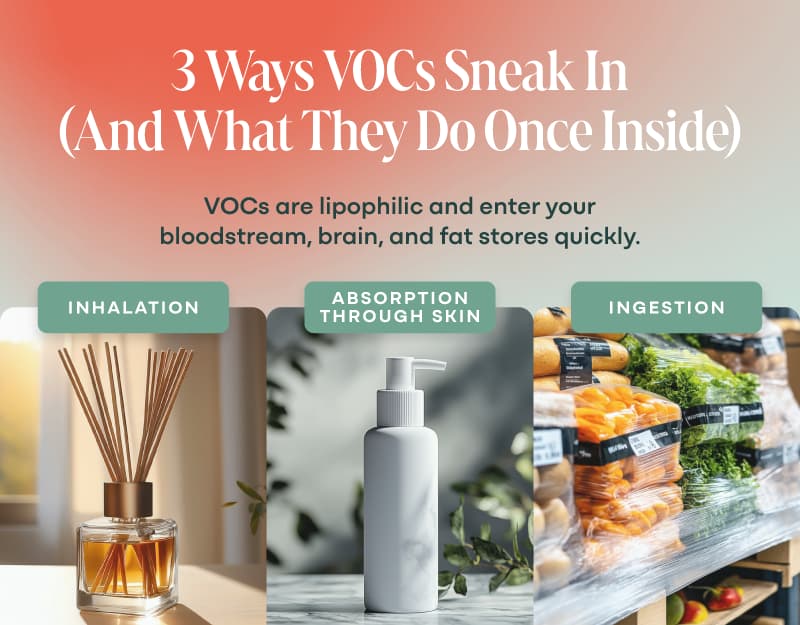
Exposure to VOCs
Your body has filters. It also has limits.
When it comes to VOCs, there are three main doors they walk right through—and most people are holding them wide open without realizing it.
1. Inhalation: The Fast Track to Your Bloodstream
This is the most common and most underestimated route (2, 3, 6, 8, 11, 14, 15). You breathe in VOCs every time you:
- Use a scented cleaning spray
- Sleep in a freshly painted bedroom
- Sit in traffic with your vents open
- Light that candle that smells like “cozy vanilla dreams”
Once inhaled, VOCs pass from your lungs directly into your bloodstream—no stop signs, no detox checkpoint (6).
From there, they circulate to every major organ, including your brain.
According to the EPA, indoor levels of VOCs are 2–5 times higher than outdoor levels—and after common activities like painting or floor finishing, they can spike to up to 1,000 times higher than what’s outside (23).
2. Skin Contact: Your Largest Organ, Now Absorbing Toxins
Your skin isn’t a perfect barrier—it’s a sponge with opinions.
VOCs are lipophilic (fat-loving), which means they can easily slip through your skin’s surface and lodge into fatty tissues (11, 14, 15).
Every time you apply conventional lotion, hand sanitizer, perfume, or cleaning wipes without gloves, you’re giving VOCs a front-row seat to your lymph and liver.
3. Ingestion: Yes, VOCs Can End Up in Your Water
If your tap water has been chlorinated, or you live near industrial, urban, or agricultural zones, VOCs might be showing up in your glass (11, 14, 15). More on this in a bit.
Even food packaging plays a role—especially plastics and coatings on convenience items or heat-and-serve meals (8).
So no, you’re not overreacting.
You’re living in a world that assumes your body can handle more chemical exposure than it can.
Next up: how to spot the signals your body’s already sending you.
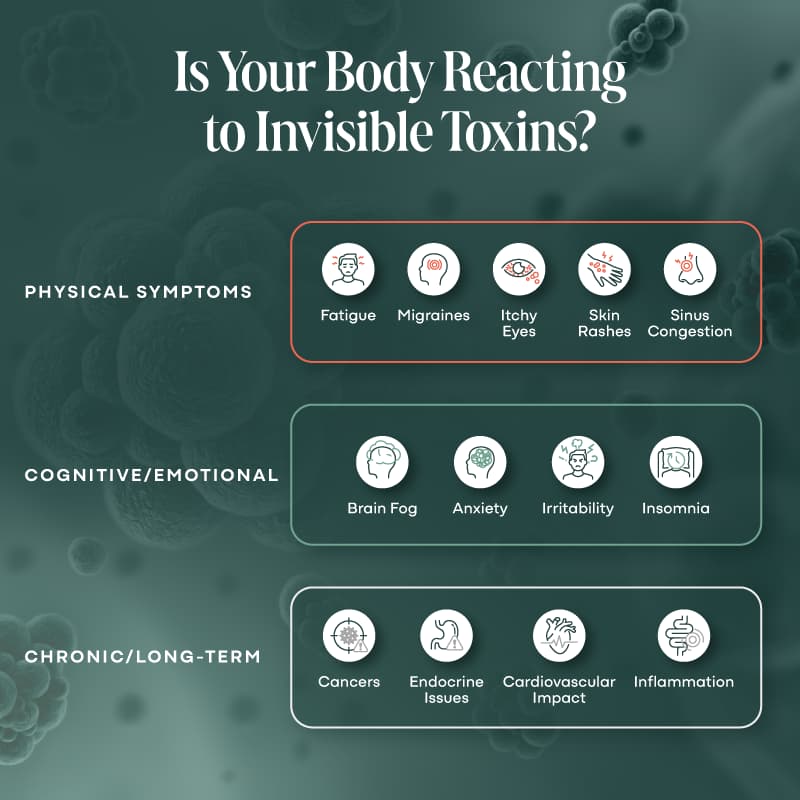
Health Effects of VOC Exposure: Your Body’s Built-In Warning System
If you’ve been feeling like your body is overreacting to “normal” things lately, it might not be in your head. It might be in your air—and your water, your sofa, and your shampoo.
VOCs don’t always announce themselves with dramatic symptoms.
Instead, they chip away at your system over time, especially if your drainage pathways are already sluggish and your nervous system is running on fumes.
Here are some of the most common signs that VOCs might be weighing you down:
Physical Symptoms (23)
- Headaches or migraines that seem to come out of nowhere
- Fatigue that doesn’t go away with sleep
- Nasal congestion, sneezing, or chronic post-nasal drip (17)
- Throat irritation or coughing, especially indoors (17)
- Skin rashes, eczema flares, or unexplained irritation
- Eye irritation—burning, tearing, or that gritty “something’s in my eye” feeling
- Respiratory issues – asthma (13), bronchitis (6), and chronic respiratory disease (2, 8, 13, 14)
Cognitive + Emotional Symptoms
- Brain fog, poor concentration, or memory lapses
- Mood swings, anxiety, or irritability for no clear reason
- Sleep disturbances—difficulty falling or staying asleep
- Neurological diseases (8, 14)
- Stroke (6, 11)
Systemic + Long-Term Concerns
- Cancer (4, 6, 7, 8, 10, 14)
- Cardiovascular issues – high blood pressure (5), atherosclerosis (6, 11), vascular dysfunction (6, 11), increased triglycerides (6), increased LDLs (6), and increased cardiovascular risk (5, 6, 14, 18)
- Liver and kidney burden (1, 12, 17)
- Endocrine disruption, including thyroid irregularities
- Allergies and increased sensitivity to smells, chemicals, or even foods (13, 15)
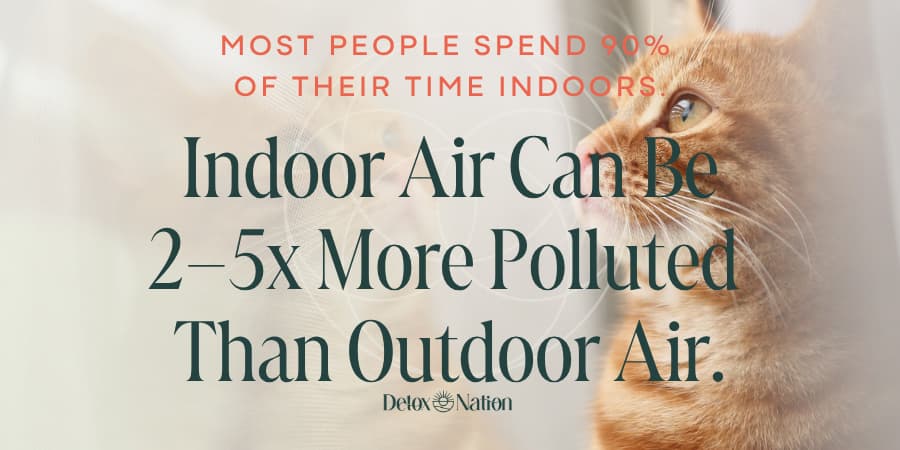
Unfortunately, these symptoms don’t always flare immediately after exposure.
They can be delayed, build gradually, and feel like “just life”—especially if you’re someone who’s already used to pushing through discomfort.
Your body isn’t fragile. It’s responsive.
When VOCs show up in your environment, your body works hard to protect you—but that protection has a cost.
Fatigue is a cost. Brain fog is a cost. Hormone crashes and skin flares? Also costs.
If you’re nodding along to this list, it might be time to stop asking, “What’s wrong with me?”
And start asking, “What’s burdening me?”
Next: Highlighting the VOC culprit you’ve heard of—and probably still have on your walls.

Spotlight: VOCs in Paint
There’s nothing like a freshly painted room—until you’re lying awake that night, congested, head pounding, wondering if your body suddenly forgot how to breathe.
It didn’t.
Most conventional paints are loaded with VOCs that off-gas for days, weeks, or even months after application.
That “new paint smell” isn’t a clean scent—it’s a mix of volatile chemicals that your liver now must process.
And if your detox pathways are already backed up, your body’s going to sound the alarm.
What Makes Paint So Problematic?
Paints—especially oil-based and alkyd types—use solvents that help the paint dry quickly and evenly. These solvents release VOCs as the paint cures, which you inhale and absorb through your skin (8, 17).
Even many “low-VOC” paints still contain formaldehyde, benzene, toluene, xylene, and ethylene glycol.
And those lovely scented “no-VOC” options?
Often full of unregulated fragrance compounds that don’t have to be disclosed on the label.
The EPA doesn’t require paint companies to list every VOC—just the ones they choose to report.
Coming up: the overlooked place VOCs hide where you can’t smell them—your water.
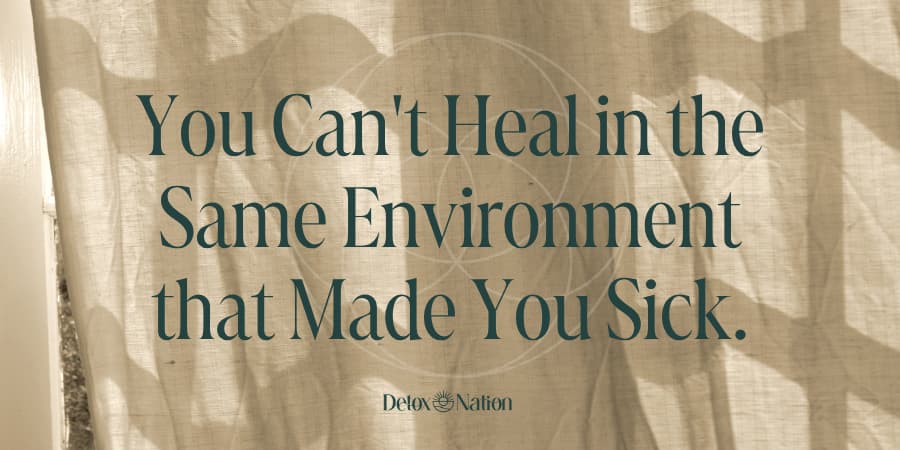
Spotlight: VOCs in Water
You’ve probably spent more time worrying about the air you breathe than the water you drink.
But VOCs aren’t picky—they travel through both.
And unlike chlorine or sulfur, many VOCs in water are silent.
They don’t make your faucet smell like a swimming pool.
They don’t tint your tea weird colors.
They just quietly enter your bloodstream with every glass you pour.
How Do VOCs End Up in Tap Water?
There are a few main routes:
- Industrial runoff – solvents and fuels seeping into groundwater (29)
- Agricultural byproducts – pesticides and herbicides leaching into wells and waterways (29)
- Water manufacturing or treatment itself – damaged pipes, new pipe materials, and chlorination can create disinfection byproducts like chloroform and trihalomethanes (THMs), which are VOCs in disguise (25, 26)
- Wildfires – from the burning of man-made materials to the chemicals used in fire suppression, contaminants leach into the ground water and end up in the tap water (27, 28)
The EPA has set maximum contaminant levels for many VOCs in public water—but enforcement and testing are inconsistent, and private wells aren’t regulated at all.
Small tweaks like switching to a countertop distiller or filling glass jugs with filtered water from a trusted source can take your toxic burden way down—without blowing your budget.
Because staying hydrated shouldn’t come with a side of kidney stress.
Next: why this all matters through a bioregulatory lens.
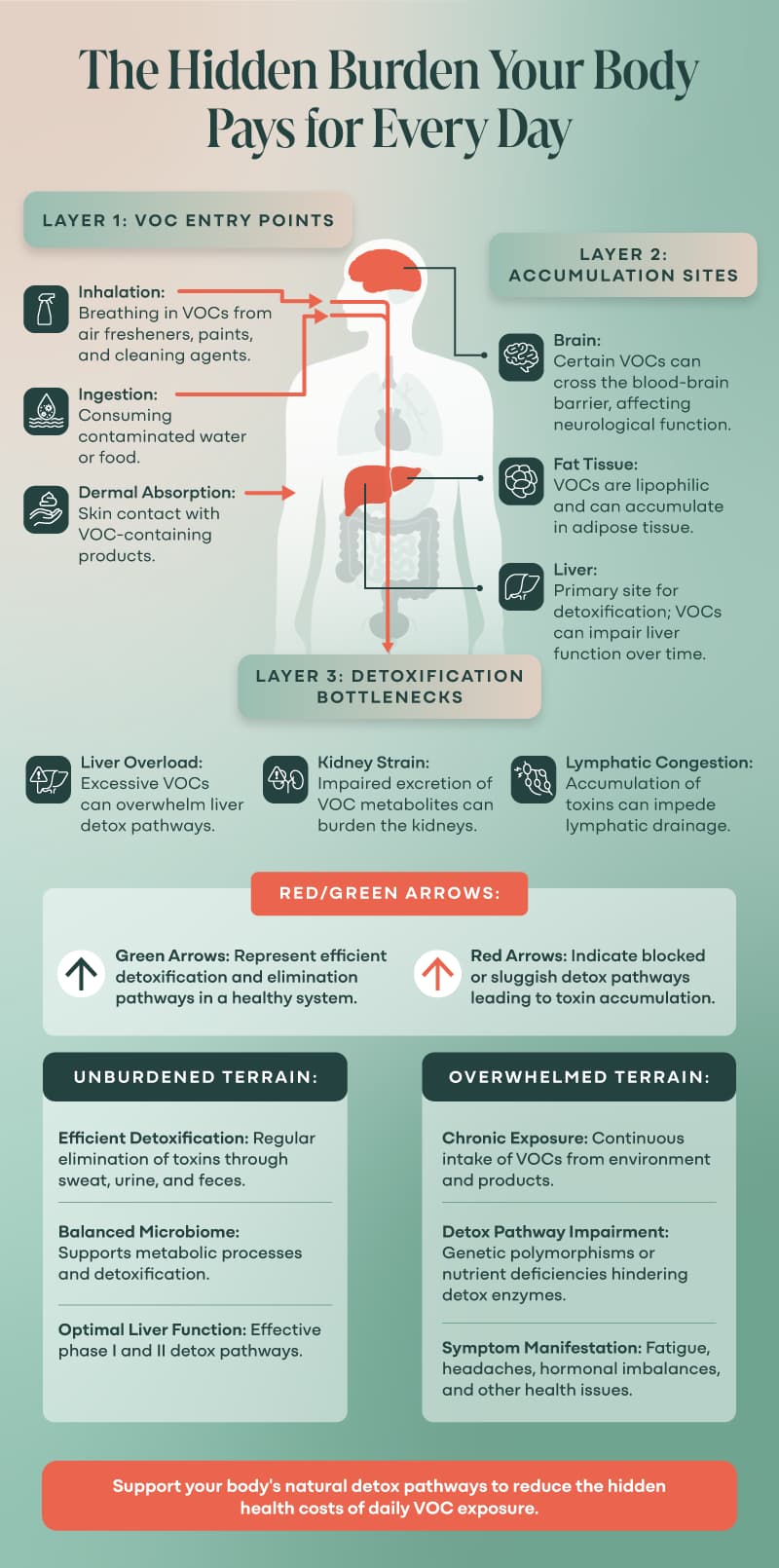
A Bioregulatory Approach to VOCs
Here’s the part that most conventional health advice skips:
Your symptoms aren’t random. They’re regulatory.
VOCs aren’t just toxins floating through your space—they’re disruptions to your internal communication network.
When your body’s systems (nervous, endocrine, lymphatic, immune) are already under-resourced, VOCs act like interference in the signal.
Not loud enough to take you down instantly, but persistent enough to throw off your rhythm.
A bioregulatory perspective doesn’t just ask, “What chemical is causing this symptom?”
It asks, “What is the terrain that allowed this exposure to create a problem in the first place?”
Because two people can live in the same VOC-heavy house. One thrives. The other breaks down.
What’s the difference?
Drainage. Resilience. Nervous system tone. Mineral status. Mitochondrial bandwidth.
That’s why the answer isn’t to chase every single toxin or obsess over every product.
The goal is to create flow—so your body can process what it’s exposed to and return to homeostasis without needing to scream about it.
This is where detox isn’t a diet.
It’s not a week of green juice.
It’s a lifestyle of unburdening.
That might look like:
- Building in time for rest before your body forces it
- Opening your lymph and colon so toxins have somewhere to go
- Creating calm in your nervous system so your brain can reroute from survival to repair
- Reconnecting with the basics—movement, minerals, breath, community
When you reduce the noise in your environment, your body doesn’t just stop reacting—it starts remembering how to heal.
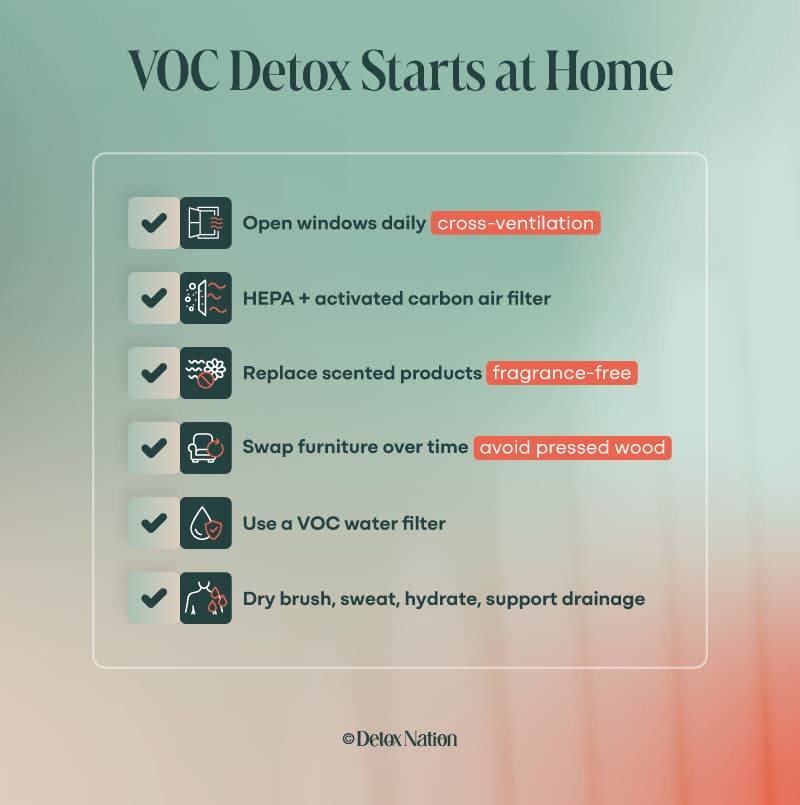
How to Reduce VOCs (Without Moving to the Woods)
Look, unless you’ve built yourself an off-grid sanctuary out of hempcrete and clay with gravity-fed spring water and no Wi-Fi, VOCs are going to be part of your world.
And that’s okay.
It’s about reducing the noise in your environment—so your body isn’t constantly working overtime just to keep up.
Let’s start with the air.
If you only do one thing, ventilate.
Crack a window every day, even if it’s cold.
Especially after cleaning, cooking, painting, or bringing something new into the house.
Better yet, open windows on opposite sides of a room to create cross-ventilation. Think of it like flushing out a crowded room—your lungs, brain, and nervous system will thank you.
Next: get serious about air purification.
Most of the filters marketed for “clean air” only catch dust and pollen.
You need a purifier that combines a HEPA filter (for particles) with activated carbon (for VOCs).
That combo pulls toxic compounds out of your air instead of just blowing them around. Prioritize your bedroom—it’s where your body does its deepest healing.
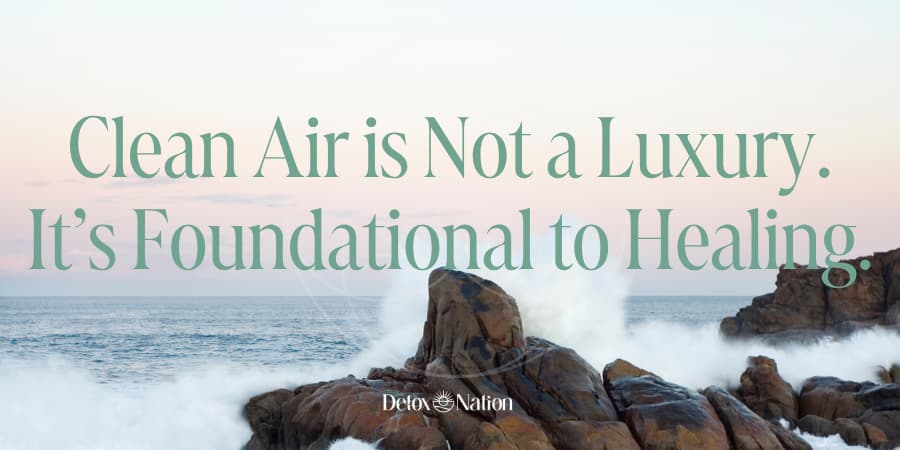
Now let’s talk products.
Cleaning sprays, laundry softeners, body lotions, candles—all of them are common VOC culprits.
If the label includes the word “fragrance” without disclosing what’s in it, assume your liver’s going to have to deal with it.
You don’t have to replace everything overnight but start with the stuff you use daily and directly on your body. That alone can make a big difference.
Furniture is another hidden offender.
Pressed wood, vinyl, stain-resistant coatings—they all off-gas VOCs.
Older pieces tend to release fewer chemicals over time.
If you do buy something new, let it off-gas in a garage or well-ventilated space before moving it in.
And yes, even your shower curtain might be guilty—swap vinyl for cotton or PEVA when you can.
Finally, support your body’s natural detox systems—because detox isn’t something you do once a year.
It’s something your body’s doing every minute, whether you’re helping it or not.
Gentle lymphatic movement, dry brushing, staying regular (yes, I said it), sweating, and using targeted binders when appropriate can all help your system move VOC metabolites out before they build up and clog the works.
None of this requires a total life overhaul. You’re not here for perfect. You’re here to feel like yourself again. And that starts with making your environment a little less overwhelming—so your body can stop fighting and start healing.
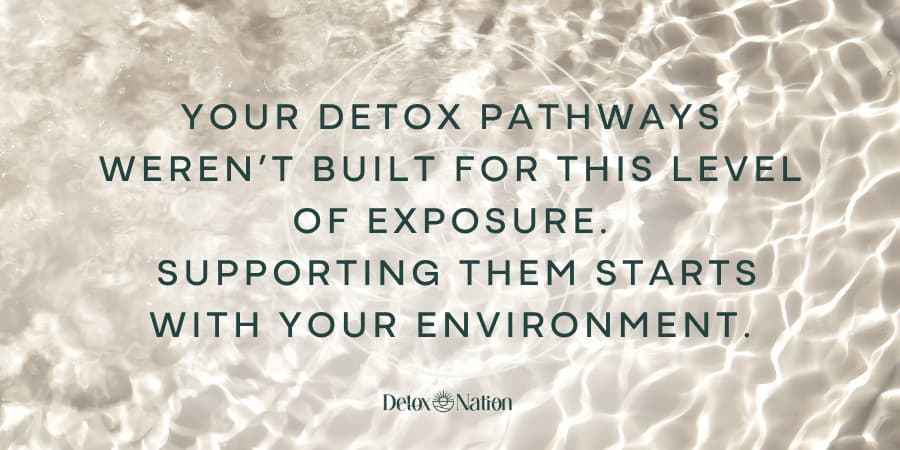
Final Thoughts: You’re Not Crazy, and You’re Not Alone
I want to say this clearly:
You’ve been navigating a world that normalizes nonconsensual toxic exposure—and blames you when your body starts reacting to it.
But the truth is, your body isn’t broken.
It’s been responding, intelligently, to what it’s been asked to carry.
VOCs are just one piece of that burden—but they’re a major one.
And once you know they’re in your air, your water, and your products you can stop feeling confused and start getting clear.
This is about making strategic choices—so your body can shift out of defense mode and back into repair.
Healing isn’t reserved for the people who’ve done everything right.
It’s for anyone willing to get curious, take the next step, and support their body’s natural intelligence.
And you wouldn’t be here reading this if you weren’t already that kind of person.
Want to know how VOCs might be showing up in your life?
Protect yourself and your family with a VOC meter.
Let’s make your environment a safer place to heal.
You’re sacred. You’re scrappy. And you’ve got this.
Ready to Detox With Confidence?
If you’re ready to go deeper and detox safely — with guidance that works — explore our Healing Labs. Get the clarity, direction, and support you need to feel your best.
Book A CallFAQs: VOCs and Human Health
What are VOC pollutants, and why should I care?
VOCs (volatile organic compounds) are toxic gases released by everyday products—like paint, furniture, and even water—that sneak into your body and overload your system. If you’ve got mystery symptoms, this might be your missing link.
Where do VOCs come from?
They’re everywhere: new furniture, scented candles, cleaning sprays, dry-cleaned clothes, plastic packaging, tap water, and even your yoga mat. If it’s “new” or “fresh,” assume there’s off-gassing involved.
How do VOCs get into my body?
Through your lungs, skin, and water. Breathing them in is the fastest route—especially indoors where concentrations can be 2–1000x higher than outside.
Can VOCs really make me feel this bad?
Yes. Fatigue, brain fog, rashes, hormone chaos, anxiety, headaches—these aren’t personality flaws. They’re common reactions to chronic, low-grade exposure to VOCs.
Are ‘low-VOC’ or ‘no-VOC’ products safe?
Not always. “Low-VOC” doesn’t mean non-toxic—it just means lower levels of someregulated compounds. Many still contain unlisted fragrance chemicals and solvents that disrupt your system.
What’s the first step I should take?
Get curious. Open your windows. Ditch the scented stuff. If you’re ready, grab a VOC meter or start with a free self-assessment to see where you’re most exposed.
Are VOCs worse for indoor air quality or outdoor air quality?
Indoor. With proper ventilation, VOCs can dissipate.

